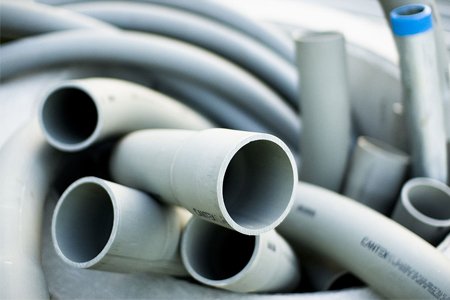What is PVC?
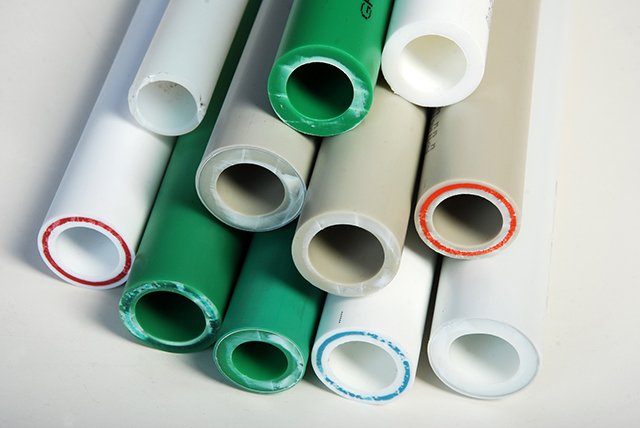
PVC is polyvinyl chloride, a resin made from polyvinyl chloride, plasticizer, and antioxidant.
Melting temperature: 185 ~ 205 °C
Mold temperature: 20 ~ 50C
Categorize
PVC can be divided into soft PVC and rigid PVC. Hard PVC accounted for about 2/3 of the market, soft PVC accounted for 1/3. Soft PVC is generally used for floor, ceiling, and leather surface layers, but because soft PVC contains plasticizer (which is also the difference between soft PVC and hard PVC), physical properties are poor (such as water supply pipes need to bear some water pressure, soft PVC is not suitable), so it’s limited in scope. Rigid PVC does not contain plasticizer, is easy to shape, and in good physical properties, so it has great development and application value.
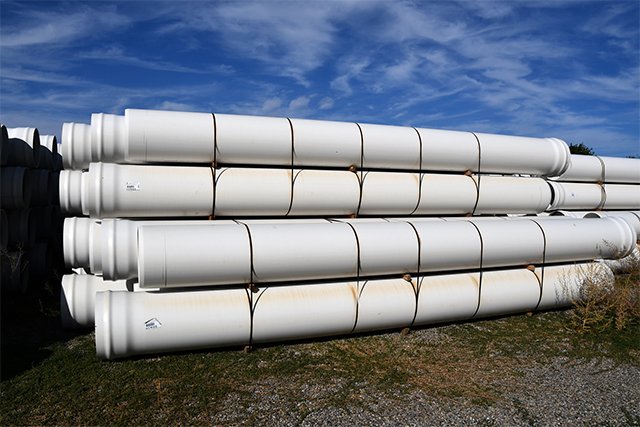
Advantages Of PVC Pipe
PVC pipe price is low, and it is in high hardness, odorless, strong plasticity and high stability(affected by temperature rise cold shrink rate is small), so PVC pipe is divided into PVC water supply pipe and drainage pipe two, for municipal, industrial, civil water supply and drainage, irrigation, and vegetation watering.

Disadvantages Of PVC Pipe
- The biggest disadvantage of PVC pipe is the poor thermal stability, the structure is relatively unstable to heat and light, the impact resistance is poor, The dehydrochlorination of PVC pipe starts at 100 °C, and chloride ions will precipitate out after using for a long time, so in the process, it needs to add additives to overcome. PVC water pipes on the market are generally used as sewer pipes, they are not suitable for water supply and gas pipes.
- Brittle fracture on impact.
- Some low-quality PVC pipes are produced by adding plasticizers, which can cause medium pollution and shorten the aging period of PVC pipes.
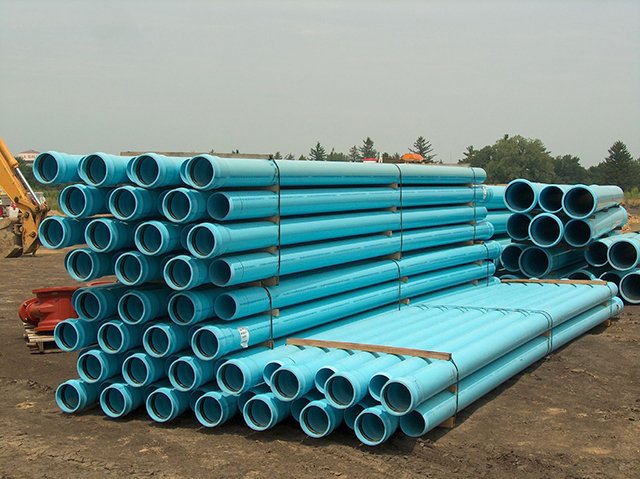
The Current Situation Of the PVC Pipe Industry
As one of the products of science and technology development, PVC pipe can be seen in daily life. It is a very excellent and low-cost industrial polymer material. From the soft film, shoes, artificial leather, wire, and cable, packaging materials, to hard building materials (pipe, profile) electrical materials. In Europe, the growth rate of plastic pipes from 1980 to 1990 was 8%, and in 2001 production reached 3.5 million tons, of which PVC pipes accounted for 60%. The United States produced 1.6 million tons of plastic pipes in 1985 and 3.6 million tons in 1999, of which PVC pipes accounted for 78%.
PVC-O pipes have been used in Britain, France, the Netherlands, Portugal, the United States, Australia, South Africa, and Japan for many years. The United States, Australia, and other countries have published PVC-O product standards, and the international standards organization has also published PVC-O standard-ISO/DIS 16422-2006.
Typical uses: water supply pipe, household pipe, house wallboard, commercial machine shell, electronic packaging, medical equipment, food packaging, etc.
Is PVC Pipe Toxic?
PVC itself is non-toxic, but the production of polyvinyl chloride materials will generally add a few additives, such as stabilizers, plasticizers, etc., if the additives are all environmentally friendly, then PVC pipe materials will be non-toxic tasteless environmental protection products.
Therefore, the additive determines the environmental protection of PVC products.
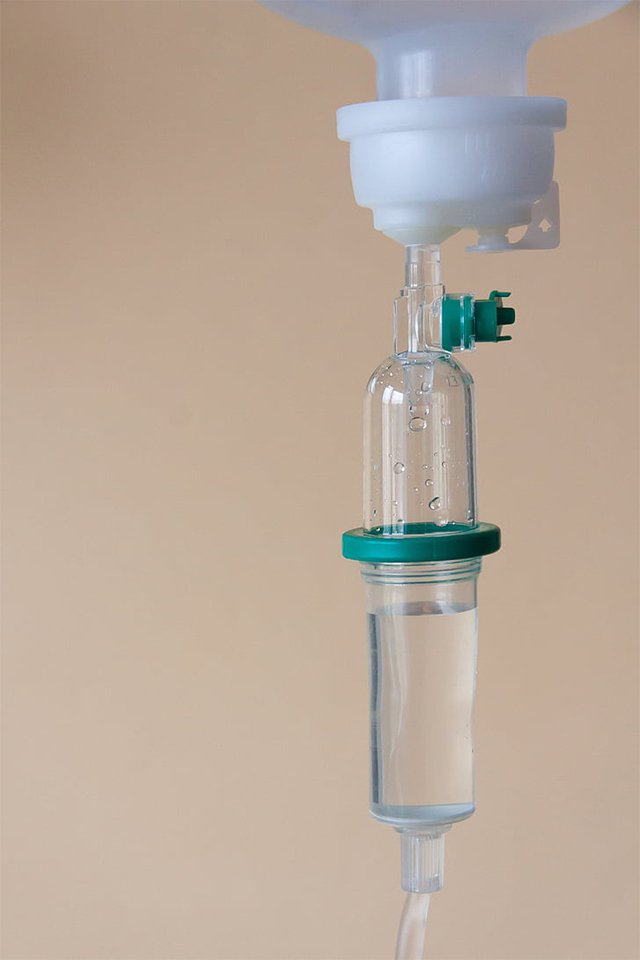
The PVC pipe products produced by lead-free environmentally friendly stabilizers are environmentally friendly. For example, most medical infusion equipment materials are used in medical PVC, because there is no additive, so it is non-toxic, harmless to the human body.
Traditional PVC Plastic Stabilizer
Traditional PVC plastics are added with Tribasic lead sulfate, dibasic lead phosphite, lead salts, and barium cadmium soap stabilizers. The toxicity of lead and cadmium is not easy to be decomposed by the environment, and it is harmful to human health after being absorbed by biology.
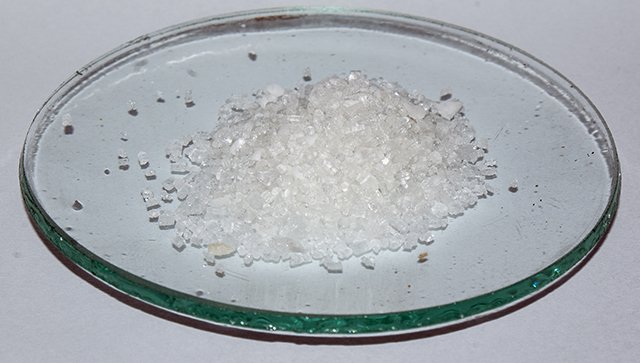
In recent years, it has been found that the salt precipitation of lead as a heat stabilizer for PVC can directly cause the pollution of heavy metals in drinking water.
When PVC pipes with lead stabilizers are buried in the ground, the soil around the pipes will exceed the standard of heavy metals, and the lead salt in the wires and cables used in the air will be carried into the soil with the erosion of rainwater. So the application of PVC pipe containing lead will do harm to people’s health. At present, PVC water supply pipe containing lead salt has been banned by countries around the world.

World Environmental Requirements for PVC
- The European Union, which advocates environmental protection and protection, has been putting pressure on the government for more than a decade and has sharply criticized PVC.
The European Union believes:
(1) PVC is a product containing chlorine, and the treatment of its waste material objectively causes the pollution of dioxin to the atmosphere.
(2) traditional heat stabilizers for PVC are toxic and harmful. It is no longer an economic issue but more of a political one.
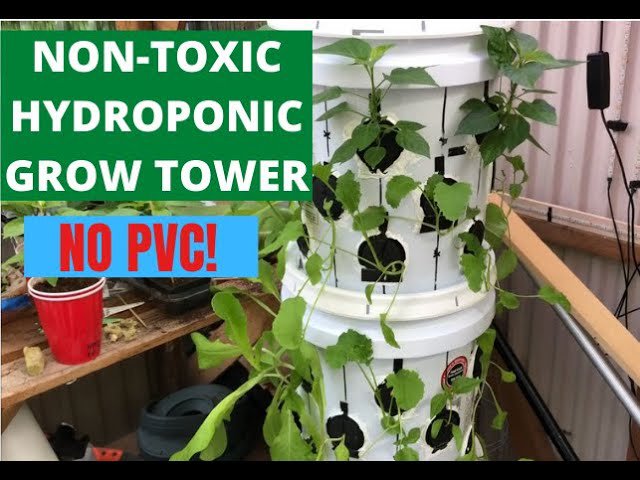
- In December 2001, Sony was fined 600 million yuan in Amsterdam for violating the EU ROHS directive because its electrical products contained lead and cadmium. The responsible person was sentenced to six months’imprisonment and all the products were destroyed.
- European Parliament passes regulation: 76/769/EEC 18 kinds of harmful substances, prohibit use.
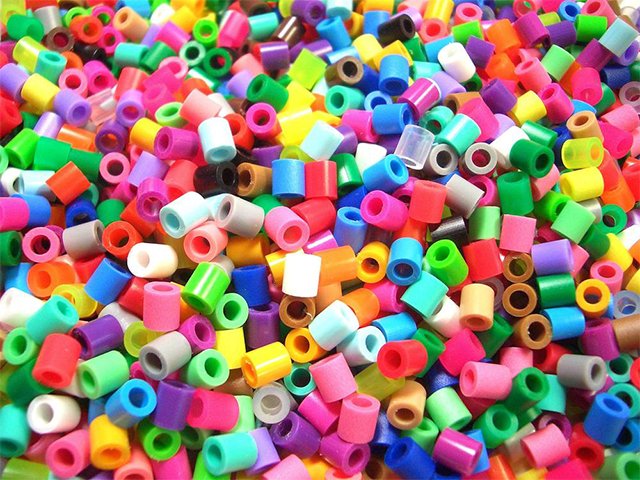
Substances Banned By the EU
- Asbestos
- Antimony trioxide
- Lead and its compounds
- Polybrominated biphenyl (PBS)
- Cadmium and its compounds (CD)
- Chlorinated paraffin
- Chlorinated benzene, biphenyl, triphenyl, naphthalene (sanitary ball)
- Dioctyl phthalate
- Dibutyl phthalate
- Pentachlorophenol and its salts (PCB)
- Trichloroethane, tetrachloromethane
- FCS
- HBrFCS
- CHCS
- PCBS
- Polychlorinated terphenyls (PCTS)
- Mercury and its compounds (HG)
- Residual vinyl chloride monomer (CHCL)

- Safety and environmental protection requirements for PVC materials:
http://europa.eu.int/comm/environment/pvc
- EU regulations on dangerous goods:
http://europe.oshaeu.inthttpwww.eicta.org/content/defAult.asp?pageid=113
- EPA test methods SW-846

